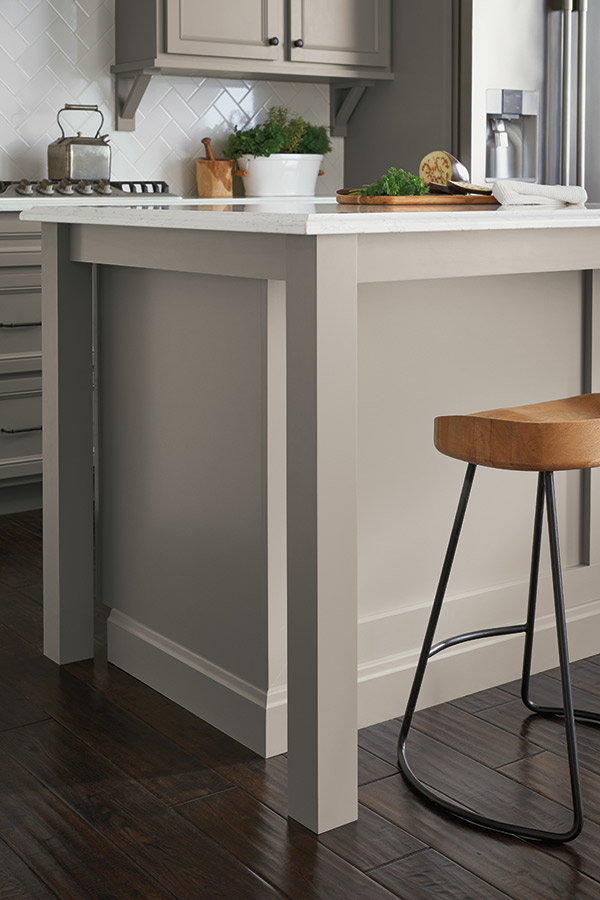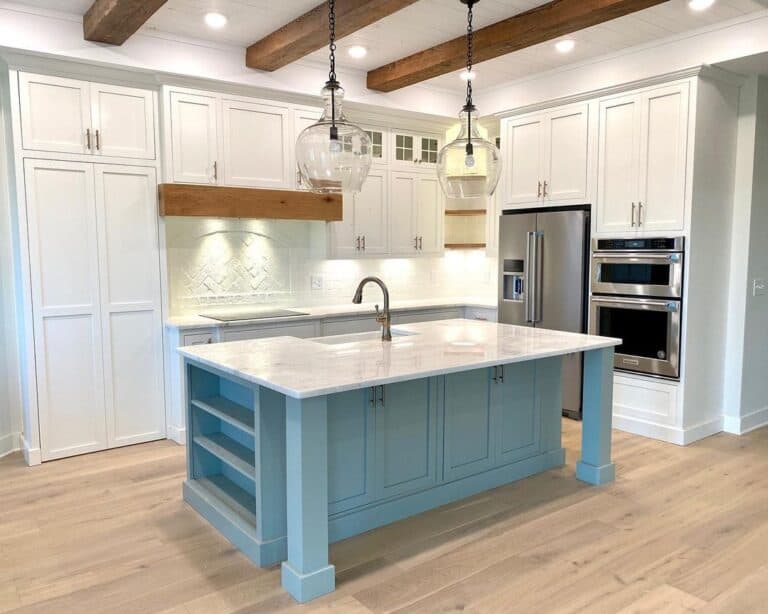Boost Your Area with Trendy Legs For Kitchen Island Layouts
Boost Your Area with Trendy Legs For Kitchen Island Layouts
Blog Article
Crucial Aspects to Consider When Selecting Legs For Cooking Area Island
Choosing the ideal legs for a kitchen island entails a cautious evaluation of multiple factors that can dramatically influence both functionality and visual charm. Amongst these, the selection of material plays a critical role in ensuring longevity, while the style should complement the existing design. Considerations such as height and weight assistance are necessary for stability and convenience. As we explore these aspects, it becomes clear that each decision can have significant implications for the general kitchen experience. What subtleties should be considered in each of these categories to attain the suitable balance?
Product Options
When choosing legs for a kitchen area island, recognizing the various material choices is necessary for attaining both aesthetic allure and structural honesty (Legs For Kitchen Island). The selection of material significantly influences not just the toughness of the island yet additionally its general style and functionality
Wood is a popular option, using heat and versatility. Solid woods, such as oak or maple, supply toughness and can be discolored or repainted to match the cooking area style. Steel legs, often made from stainless steel or functioned iron, contribute a modern and commercial feeling while ensuring resilience and security. These materials are resistant to use and can support significant weight, making them suitable for larger islands.
Another alternative is engineered materials, like MDF or plywood, which can be extra economical while still offering a variety of surfaces. Nevertheless, they may not supply the very same level of stability as solid timber or steel. Materials such as acrylic or glass can create a contemporary appearance, though they may require added support to ensure stability.
Inevitably, the selection of product for cooking area island legs ought to align with the preferred performance and the overall style of the cooking area.
Design And Style

When thinking about style, the form and finish of the legs are essential. Conical legs can offer a feeling of lightness and beauty, while thicker, more robust legs can share toughness and stability. Additionally, the coating-- be it repainted, tarnished, or natural-- should enhance the cabinets and countertop products to produce a unified appearance.
Furthermore, the layout of the legs can also show personal taste. Personalized or ornamental legs, such as those featuring elaborate carvings or special geometric shapes, can offer as focal points, including personality and character to the kitchen. Inevitably, the right option will certainly not just enhance capability but additionally elevate the visual appeal, making the cooking area island a standout function of the home.
Elevation Considerations
Selecting the proper elevation for kitchen island legs is important, as it directly influences both capability and comfort. The basic height for a cooking area island commonly varies from 36 to 42 inches, aligning with usual kitchen counter elevations.

It is also important to account for users' heights and choices. Personalizing the elevation can ensure a comfy experience for all member of the family, making the kitchen island a much more satisfying and functional area.
Weight Assistance
Making sure ample weight assistance for cooking area island legs is important for both security and capability. The cooking area island commonly serves multiple purposes, including food preparation, eating, and added storage, demanding a durable support structure. When picking legs, it is critical view it to think about the overall weight capacity called for based upon the island's intended usage and the products that will certainly be put on it.
The choice of product for the legs plays a considerable function in their weight-bearing capacities. Solid wood, metal, and heavy-duty composites generally give remarkable strength compared to lighter products. In addition, the design of the legs-- whether they are directly, tapered, or have a pedestal kind-- can influence their capability to disperse weight successfully across the framework.
Constantly consult the manufacturer's specifications pertaining to lots limitations to make sure that the legs can sustain the designated weight without compromising safety and security. In summary, choosing cooking area island legs with adequate weight support is essential for creating a functional and safe cooking room.
Setup and Upkeep
Appropriate installation and maintenance of kitchen area island legs are vital for guaranteeing durability and stability. This often entails protecting the legs to the island base utilizing proper bolts, making sure that the legs are level and straightened.
As soon as mounted, normal look at here now upkeep is necessary to protect the honesty and appearance of the legs - Legs For Kitchen Island. For wooden legs, regular cleansing with a damp cloth and application of appropriate wood polish can stop wetness damages and preserve their finish. Metal legs may require a gentle cleansing option to remove oil and crud, followed by a dry towel to avoid corrosion development
Additionally, inspect the legs routinely for indications of wear or damage, such as fractures or loosened joints. Tightening up screws or screws as needed can likewise lengthen the lifespan of the legs. By sticking to these setup and maintenance practices, home owners can make certain that their cooking area island stays durable and visually appealing for several years to come.
Final Thought

Visual comprehensibility is extremely important in picking the style and design of legs click here to read for a kitchen area island, as these aspects greatly influence the total setting of the room. Conical legs can supply a sense of lightness and style, while thicker, a lot more durable legs can share strength and security.Choosing the proper height for kitchen area island legs is vital, as it directly affects both performance and comfort. In summary, choosing kitchen area island legs with sufficient weight support is vital for producing a functional and safe culinary room.
In verdict, picking legs for a cooking area island requires cautious consideration of various factors, consisting of product choices, style, height, weight assistance, and installment.
Report this page